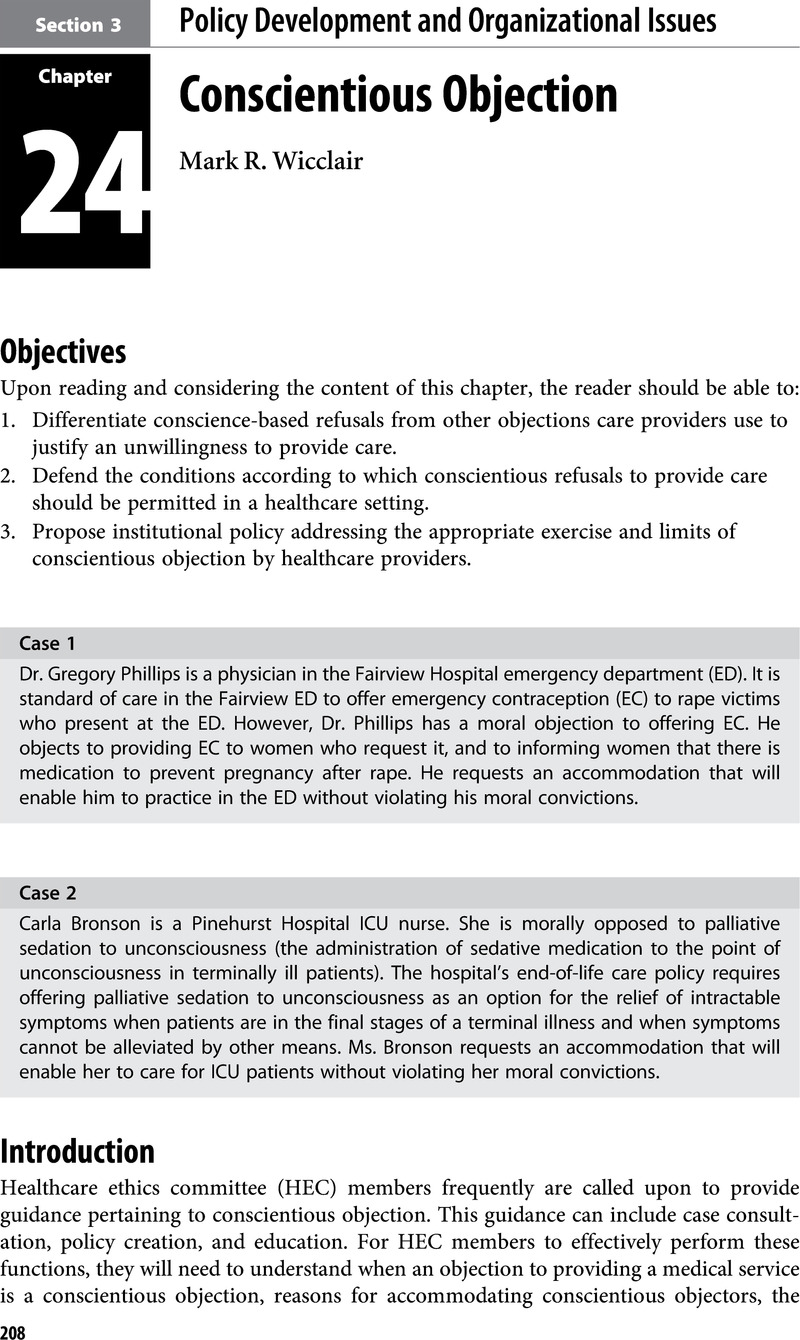Book contents
Section 3 - Policy Development and Organizational Issues
Published online by Cambridge University Press: 17 February 2022
Summary

- Type
- Chapter
- Information
- Guidance for Healthcare Ethics Committees , pp. 208 - 271Publisher: Cambridge University PressPrint publication year: 2022



